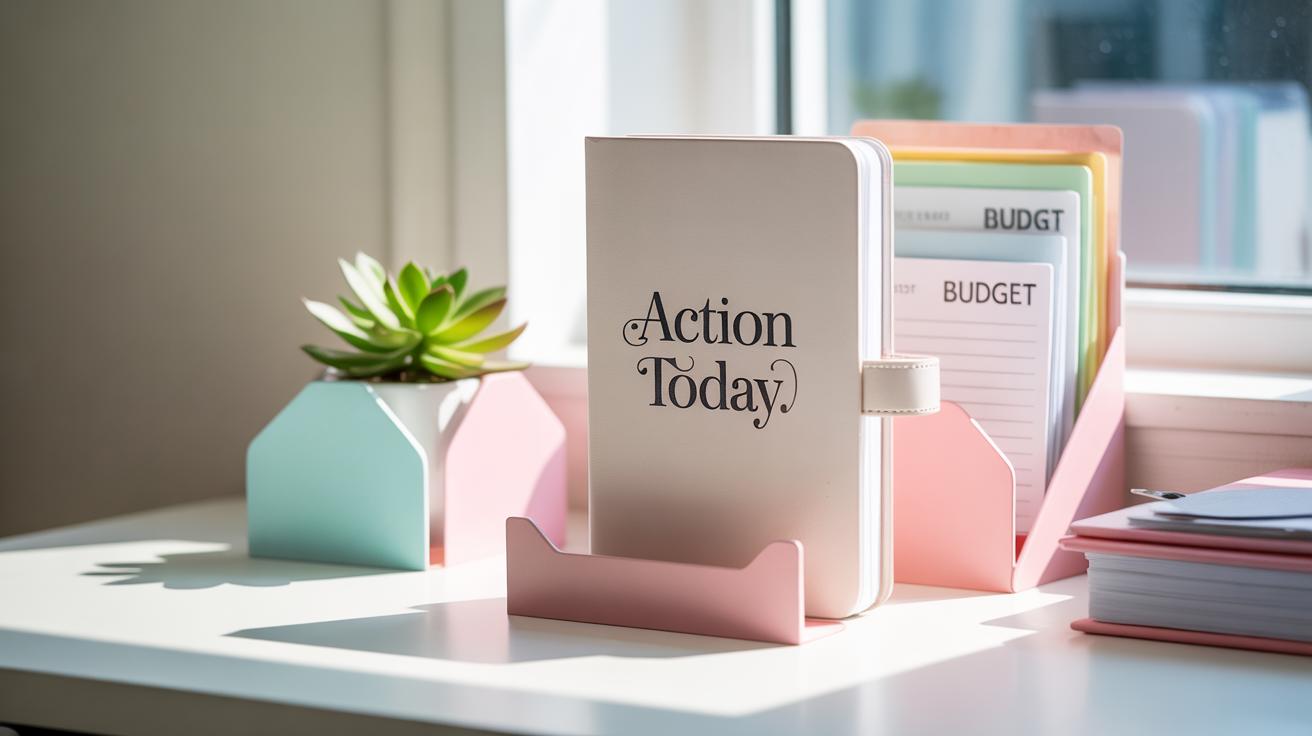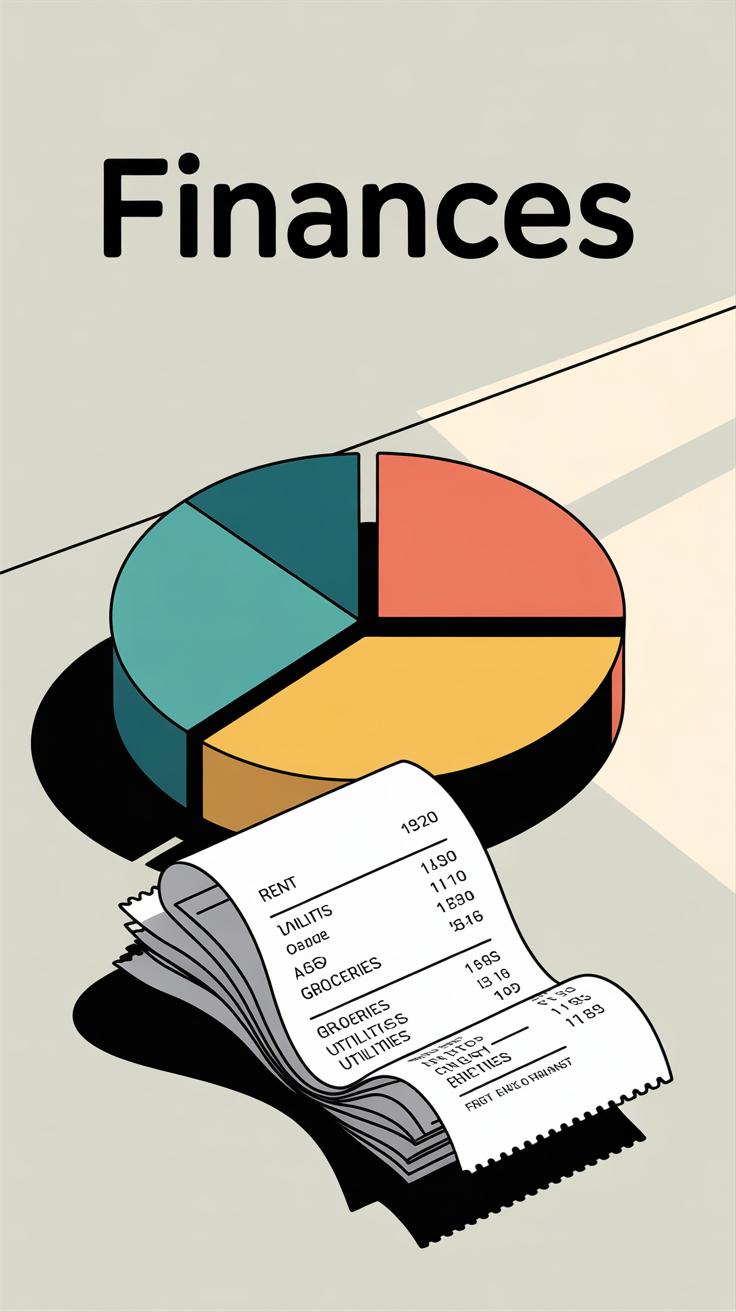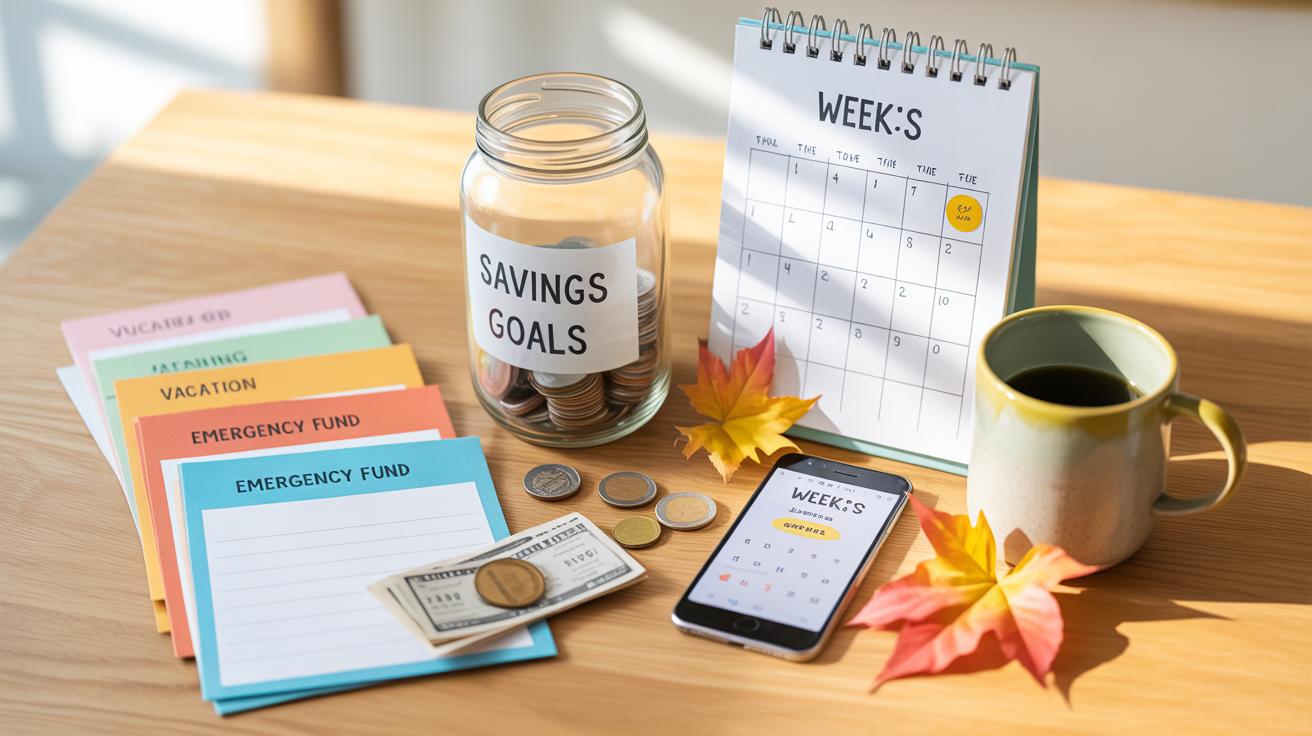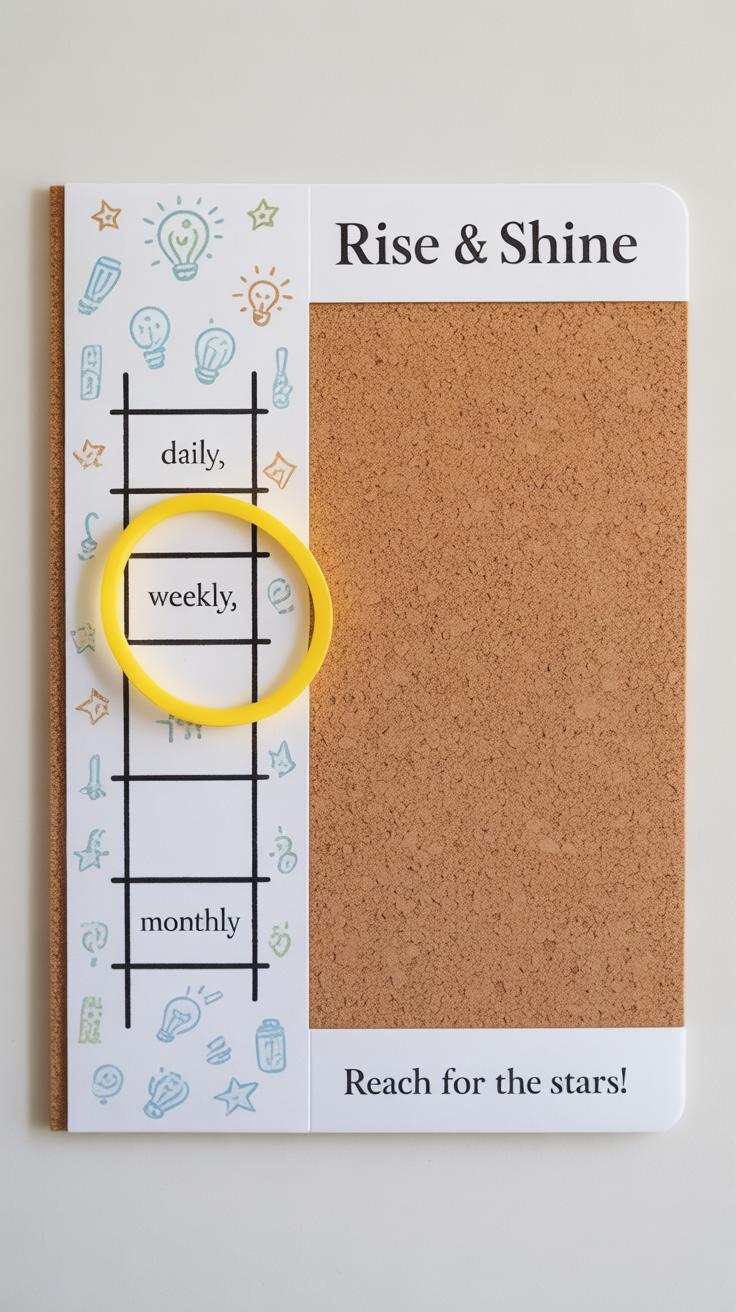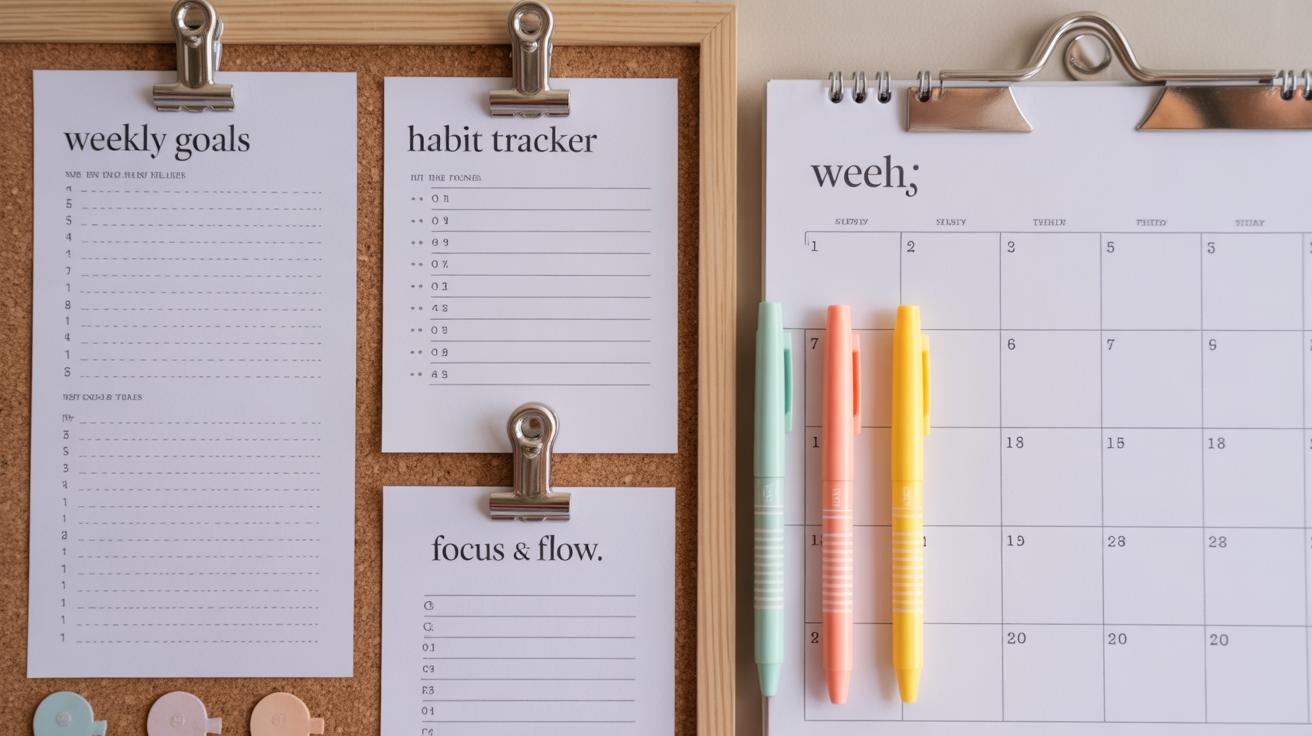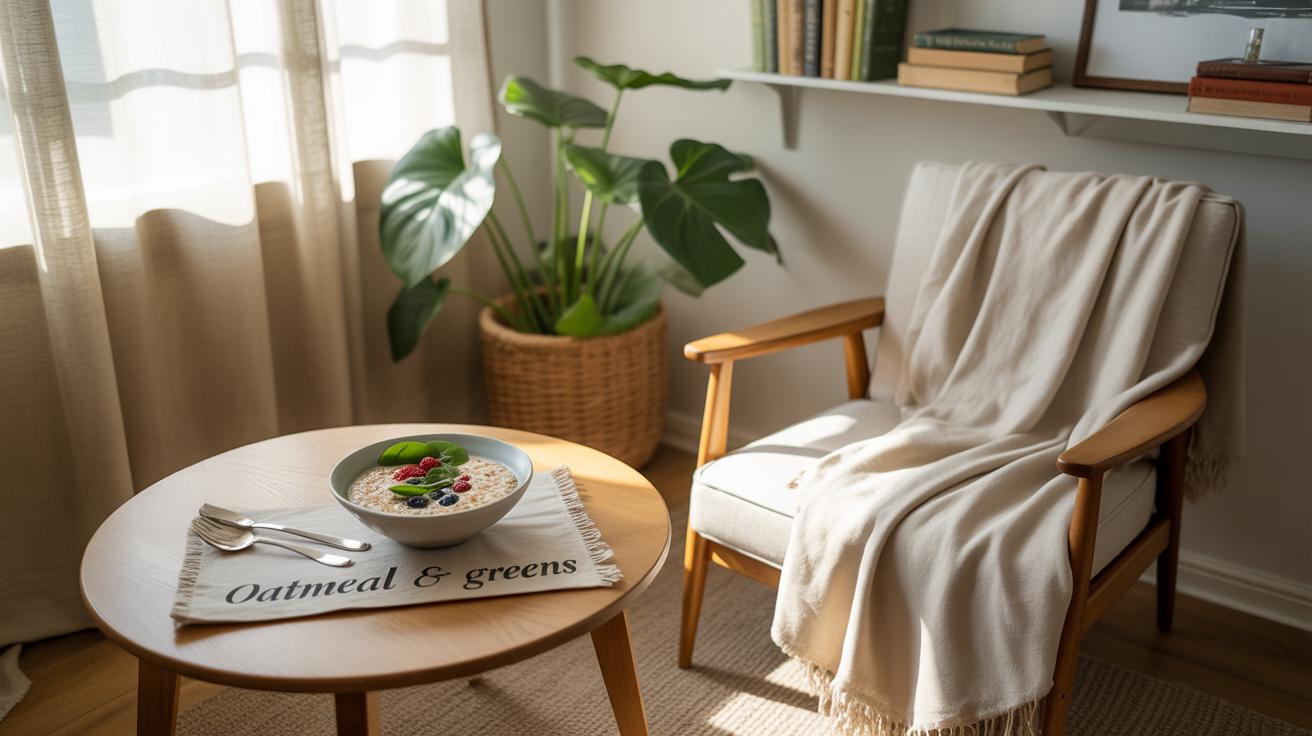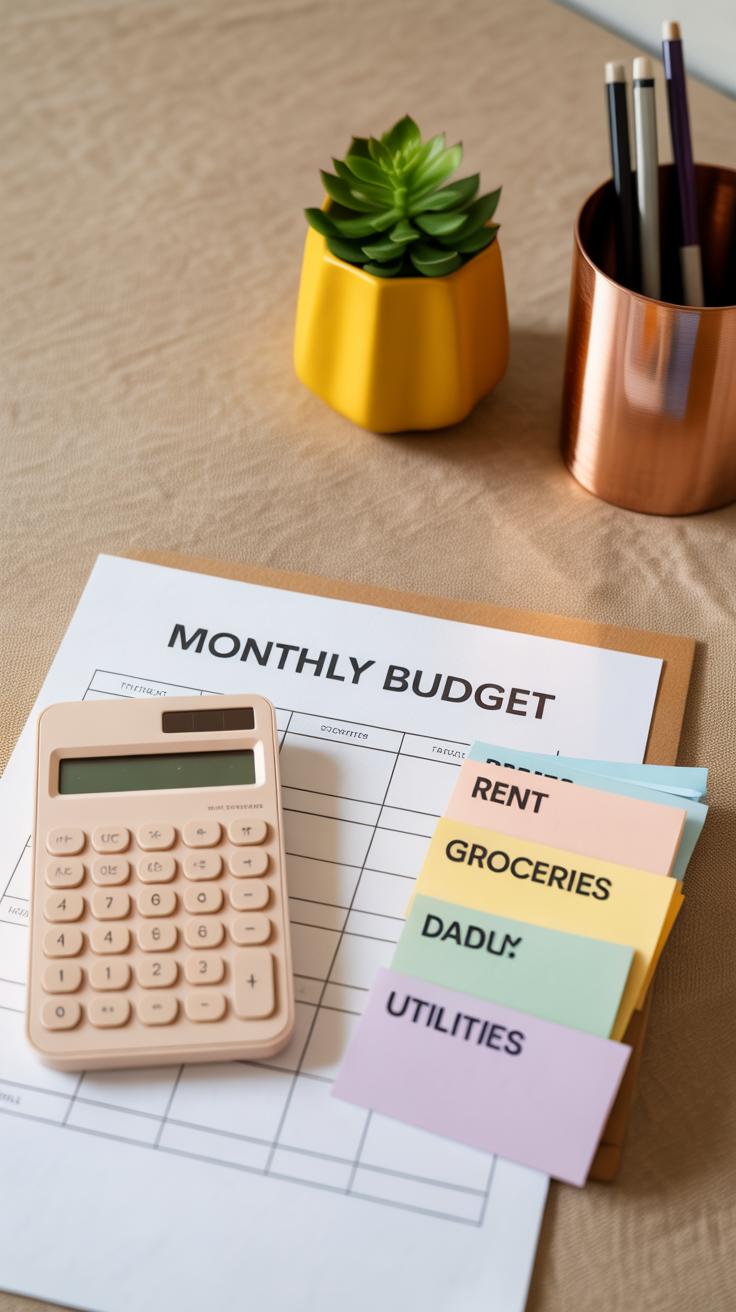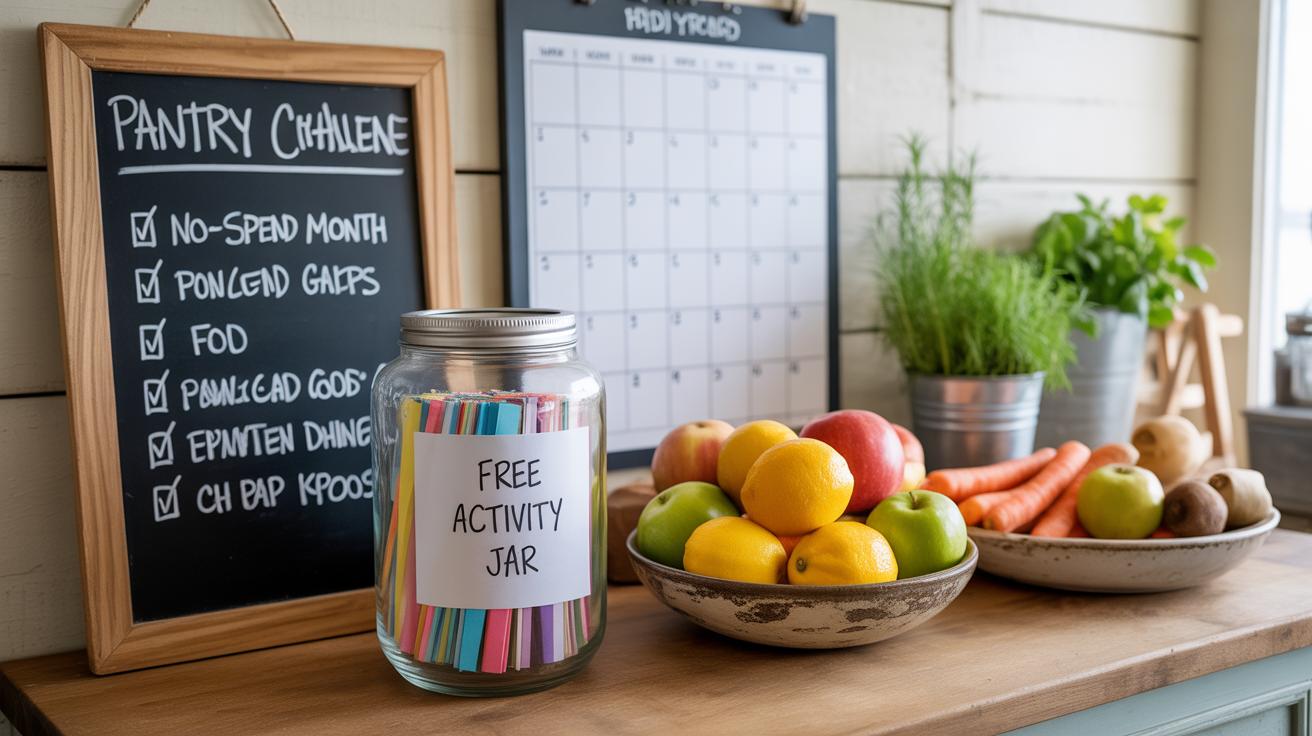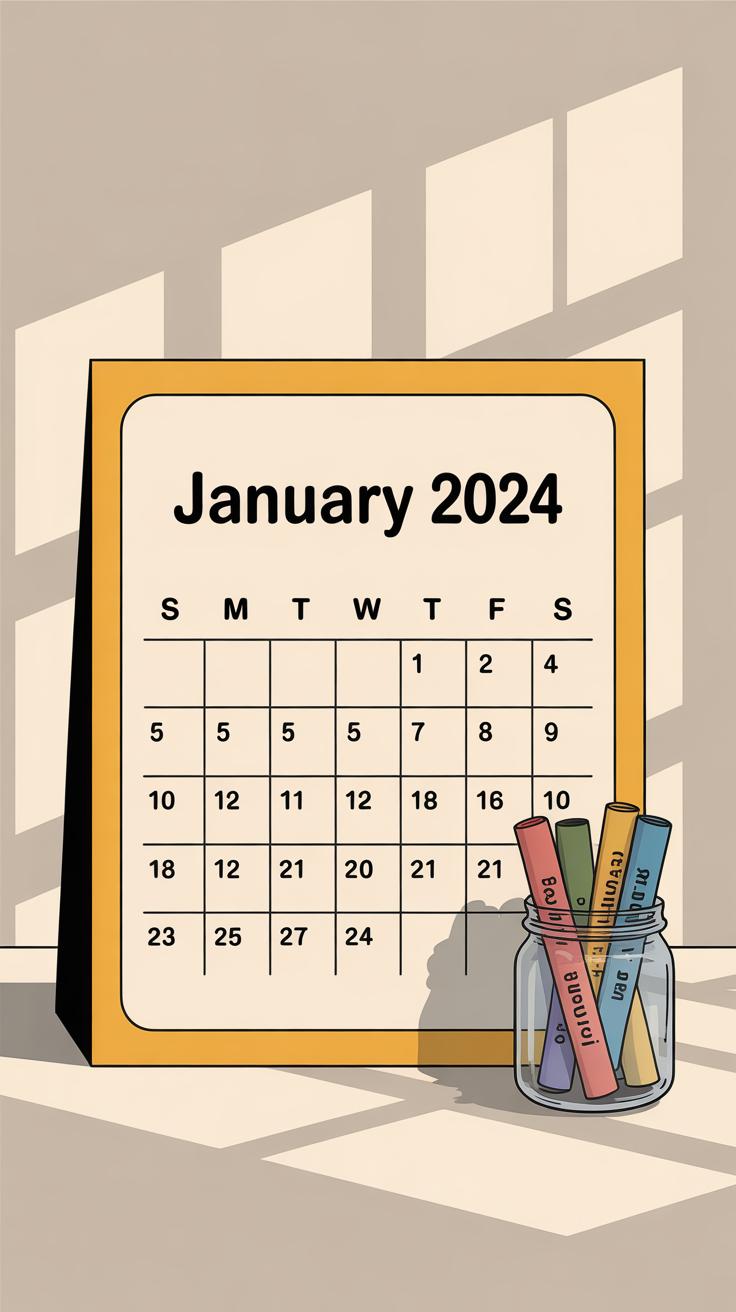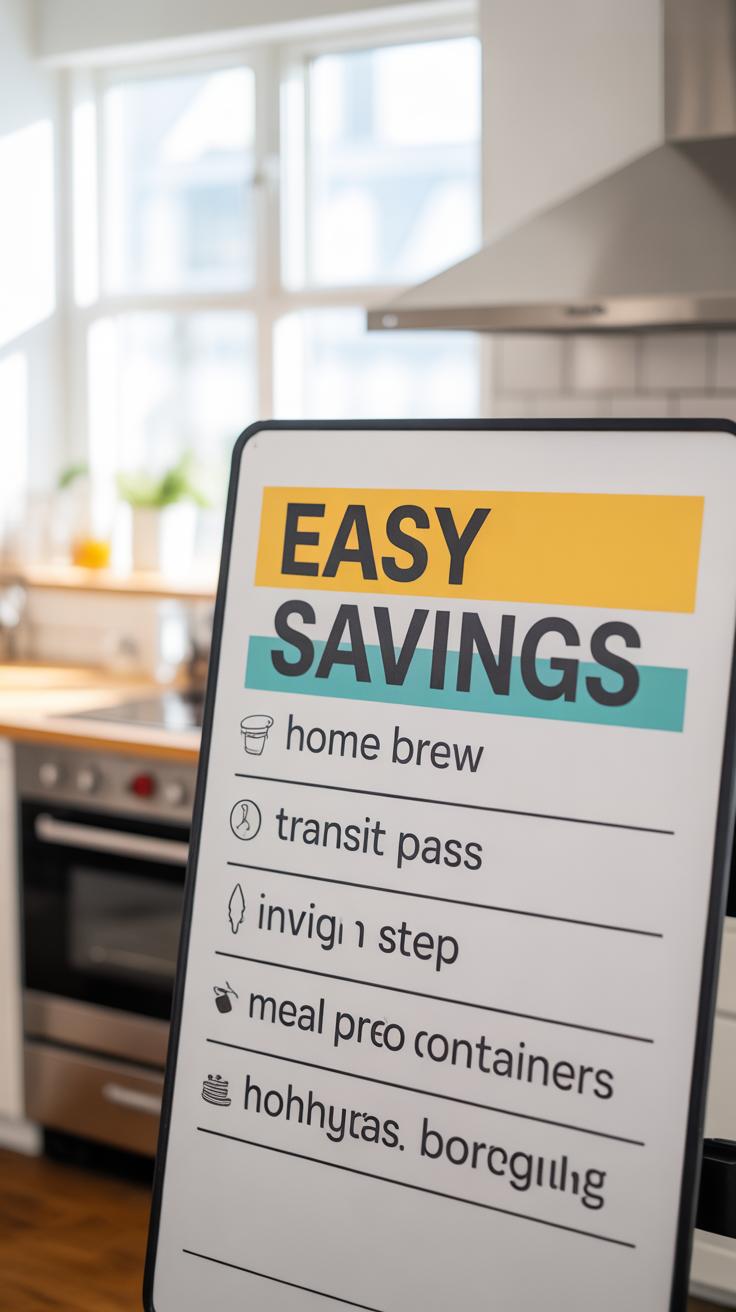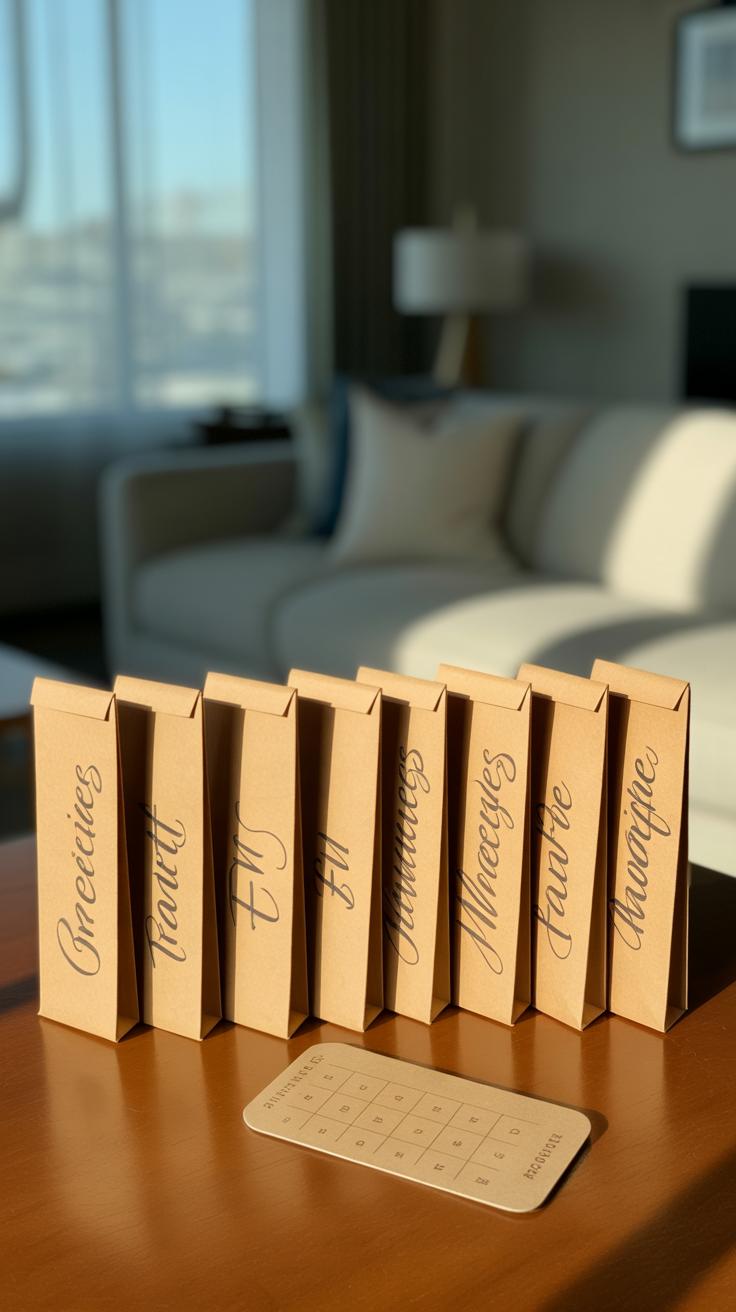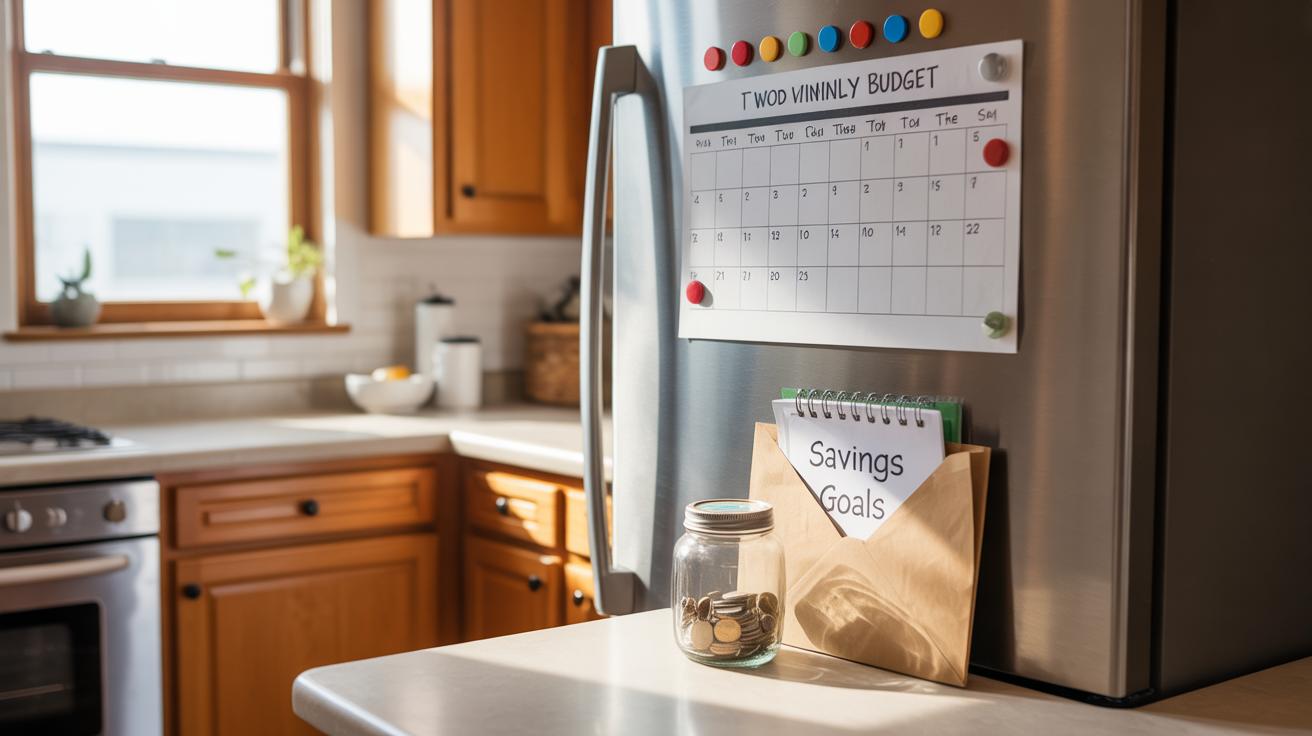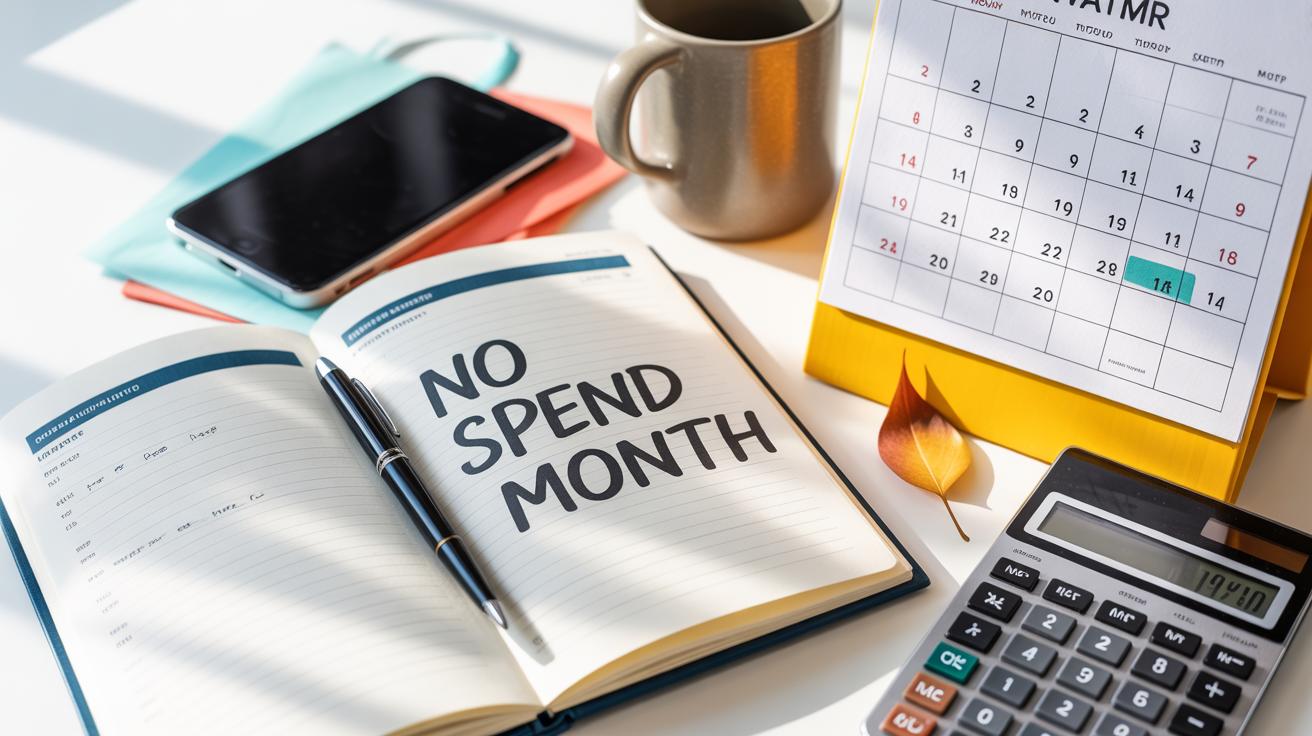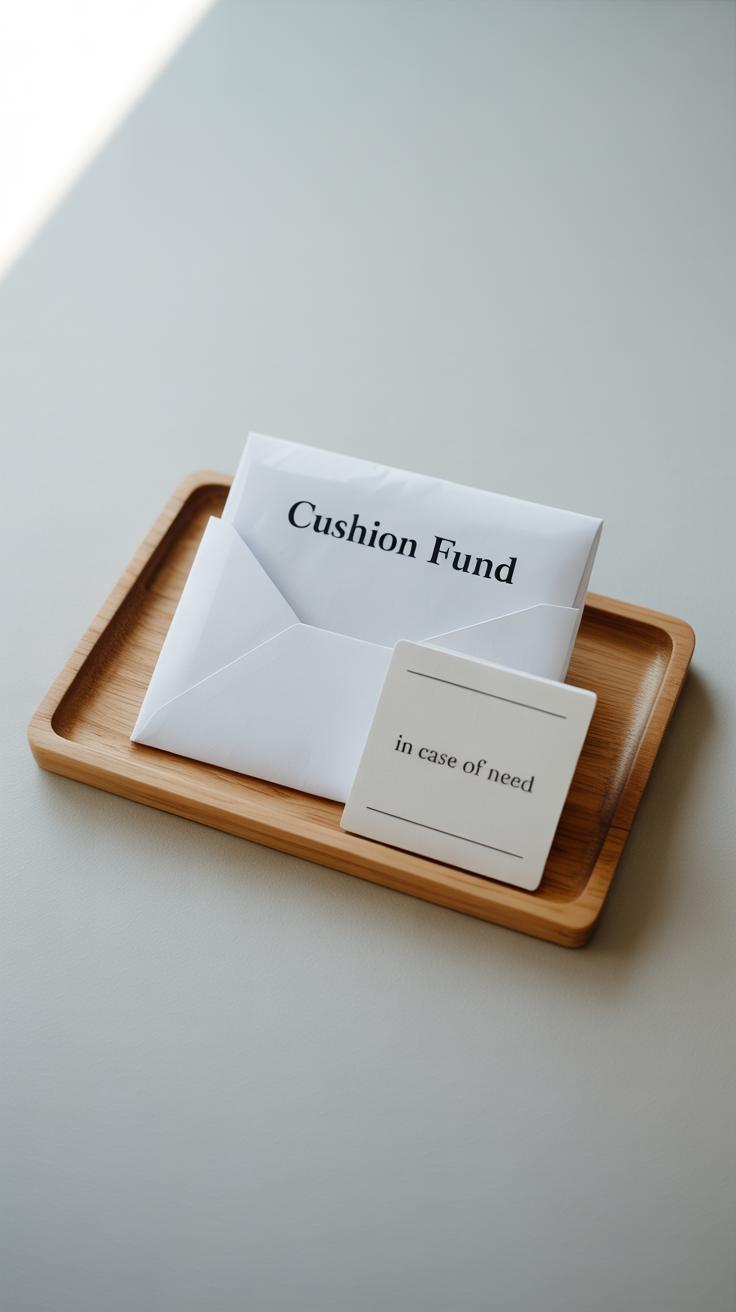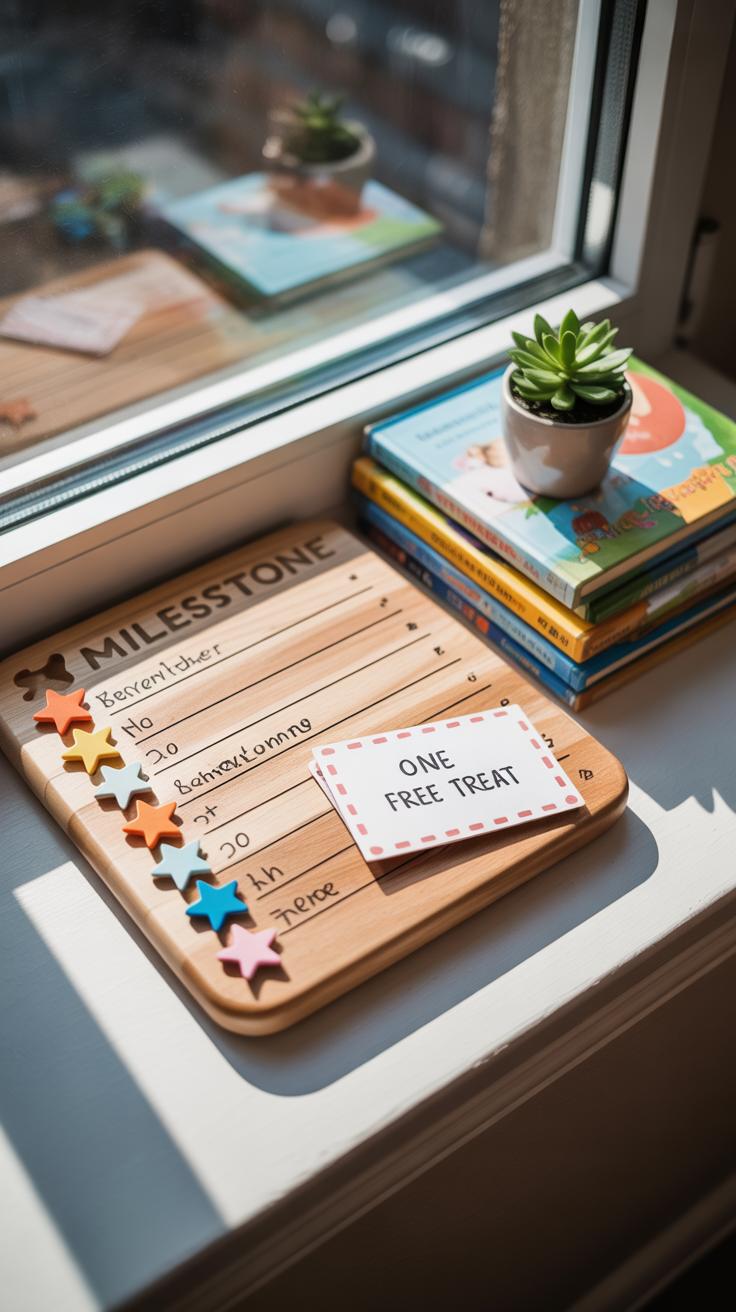Introduction
Resetting your spending habits can feel tough, but it gives you control over your money. A budget challenge helps you track where your money goes and find better ways to save. You learn how to spend only on what really matters to you.
This article shares budget challenge ideas to help you spend smartly. You’ll learn how to plan your money, spot where you can save, and stick to a budget. Trying these ideas will set you up to avoid stress and build a better financial future for yourself.
Understand Your Spending
Before you even start a budget challenge, it’s crucial to know exactly where your money goes. It sounds obvious, but many people think they have a handle on their spending—until they actually track it. You might believe you don’t spend much on coffee, for example, yet writing down every cup or snack might reveal a surprising pattern. This insight can shift your perspective and spark real change.
Tracking doesn’t have to be complicated. A simple notebook works just fine—jot down every expense at the end of the day. If you’re a bit more tech-savvy or want an easier way, apps like Mint, PocketGuard, or even a basic spreadsheet can help. You just need to find something that fits into your daily routine without feeling like a chore. I’ve seen people get started with a sticky note on their fridge, which shows you don’t need fancy tools to begin.
Tracking every expense—yes, even that 99-cent snack or the impulse buy—shows where small leaks add up. Maybe your lunch out each day isn’t a big hit alone, but combined, it could be a chunk of your monthly spending. When you see the numbers, patterns emerge. You start asking, “Do I really need this, or is it just a habit?” That question alone can change your spending decisions during the challenge.
Here are a few easy ways to keep track:
- Use a dedicated notebook or note app to record each expense immediately or at day’s end.
- Try simple budgeting apps that link to your accounts and categorize spending automatically.
- Set reminders on your phone to update your log during the day—it helps keep things fresh in your mind.
- Keep receipts for a week and review them all at once if daily tracking feels overwhelming.
Whatever method you pick, the goal is clarity. When you can clearly see where money goes, the challenge moves from guesswork to something concrete. If you know your spending inside out, resetting your habits becomes not just possible but kind of unavoidable.
Set Clear Spending Goals
Setting clear spending goals is a crucial step when you’re trying to reset your spending habits. Without goals, it’s easy to wander aimlessly through your budget challenge, unsure of what you’re really aiming for. Simple, specific goals act like a guide, nudging you to make choices that align with what matters most to you—whether that’s cutting back on coffee runs or finally paying off a credit card.
When I first started budgeting, I thought vague goals like “spend less” would work. They didn’t. Only when I pinned down exact targets, like saving $200 this month for a vacation fund, did I find myself saying no to small impulses with more ease. Goals help shape your daily decisions, keeping them connected to something tangible.
Choosing Realistic Goals
Picking goals that make sense in your life is key. If you love dining out but also want to save, maybe aim to reduce dinners from five to three per week instead of cutting them out completely. Or, if a trip is on your mind, try setting a small weekly savings amount rather than an intimidating lump sum.
Think about what fits your current habits and priorities, not what sounds good on paper. You might want to save for a new gadget, pay off a small debt, or simply build a little emergency cushion. Any goal that feels too distant or tough might discourage you sooner than later.
Make Goals Measurable
Goals need clear, measurable targets. It’s not enough to say “save more” or “cut back.” How much exactly? How often? You might set a goal like “save $50 per week” or “reduce grocery spending by $30 a month.” That way, you can check your progress—and that can be surprisingly motivating.
When you measure your goals, it’s easier to adjust your plan if things aren’t working. Maybe you aimed to save $100 a week but fell short one month. Seeing the numbers lets you figure out if you need to tweak the target or your spending habits. Measurable goals keep the challenge concrete, not just wishful thinking.
Create a Simple Budget Plan
Start by listing all your income sources—salary, side gigs, any regular money coming in. Don’t forget the smaller streams, like interest from savings or occasional freelance work. Writing everything down gives you a clearer picture than just guessing what you make.
Next, jot down your monthly expenses. This can feel a bit tedious, but it’s necessary. Include fixed bills like rent, utilities, and subscriptions. Then add variable costs like groceries, gas, and dining out. Even small purchases matter—those daily coffees add up more than you might expect.
Once you have those numbers, group expenses into categories. I think breaking them into ‘needs,’ ‘wants,’ and ‘savings’ works well because it forces you to think about what’s essential versus what’s discretionary. Needs cover basics—housing, food, transportation. Wants are things that are nice to have but not critical. Savings can be money you set aside, whether it’s for emergencies or a future goal.
Seeing how your spending fits into these buckets can be a bit eye-opening. You may catch where your budget leaks are or realize you’re saving less than you thought. Don’t aim for perfection right away. The goal is to create a plan that feels manageable. Over time, tweaking it to better match your actual habits will be easier.
Try a NoSpend Challenge
If impulse buying has snuck into your budget, a no-spend challenge might help you hit the pause button. The idea is simple: pick a set period where you don’t spend money on anything beyond essentials. It’s less about deprivation and more about hitting reset—forcing yourself to think twice before opening your wallet.
You can start small. Maybe try a no-spend weekend, or stretch it to a full week if you feel up for it. Some people pick random weeks that aren’t full of social events or special occasions. That way, it feels doable rather than stressful. You don’t want to set yourself up for failure by choosing a time when everything around you screams “shop.”
During this challenge, focus on what you already have. Use up that forgotten food in the pantry, wear those clothes buried in the closet, or get creative with things you’ve been ignoring. It’s surprising how much extra stuff you actually own. This pushes you to rethink your consumption habits and realize that buying new isn’t always necessary.
You might discover that resisting impulse buys feels rewarding or, well, sometimes it’s frustrating and tempting. Both reactions are normal. The key is simply noticing how often you reach for your phone or credit card out of habit. Try this challenge and see what you learn about your spending habits—maybe you’ll want to repeat it or adjust it next time.
Cut Back on Everyday Costs
Cutting back on daily expenses doesn’t need to feel like a huge sacrifice. Small shifts here and there can add up surprisingly fast—and sometimes, you don’t even notice the pinch. Take food, for example. Cooking at home instead of eating out saves money, sure, but it can also make you think twice about what you really want to spend your time on. Bringing lunch to work is just one easy step that often slips people’s minds. I once found that packing leftovers not only cut costs but forced me to get creative with what I had in the fridge—kind of fun, in a way.
When it comes to transport, the usual car rides can drain your budget more than you expect. Walking or biking might sound unrealistic for some days, but mixing these in when the weather allows cuts fuel and parking costs. Carpooling is another option that some resist—there’s that awkwardness of timing and matching routes. Still, saving on gas can be a strong enough motivator to give it a shot. These options might not suit everyone every day, but when you do try them, you might surprise yourself.
Utilities can sometimes feel fixed, but you can tweak how much you use. Maybe turn off lights more consciously or unplug devices that sneakily draw power when you don’t expect. The difference isn’t huge at first, but over a month or two, it adds up. Adjusting the thermostat just a bit, whether heating or cooling, can trim bills without making your home uncomfortable. It’s about those small adjustments stacking, not one drastic change.
Use Cash Envelopes for Spending
The cash envelope method is a straightforward way to keep your spending in check, especially in areas where money tends to slip away unnoticed. You set aside a fixed amount of cash for specific categories and once the money’s gone, well, that’s it. No swiping a card or borrowing from somewhere else. It forces you to slow down and actually see where your money is going.
Picking the right categories matters. Try it with entertainment, dining out, or even groceries—places where it’s easy to overspend without realizing. Some people find it works best with irregular expenses, like gifts or personal care, too.
Sticking to the amount in each envelope can feel tough at first. There’s a kind of invisible boundary that cash creates—once it’s spent, you pause. No second thoughts or “just one more” temptation if the envelope’s empty. I remember feeling a bit anxious the first week, but it quickly became a way to respect my budget, almost like setting a limit with a simple, tangible tool.
Could this method change how you think about money? Maybe it makes you more intentional or cautious. Either way, seeing your cash dwindle physically makes you question every purchase in a way a card can’t.
Review and Adjust Weekly
Checking in on your budget challenge every week is not optional; it really makes a difference. You might think it’s a chore, but this habit helps you see what’s actually working. If you ignore it, you could miss small wins that add up or keep repeating the same mistakes. Often, people wait too long to review and then feel overwhelmed. But a quick weekly glance? That’s manageable and helps keep momentum going.
Look at What Worked
Take a moment to notice the things you did well. Maybe you stuck to your grocery limit or avoided unnecessary online shopping—celebrate that. Even small victories count because they prove the challenge isn’t hopeless or too strict. Equally, don’t brush off the parts that didn’t go as planned. Identifying those spots isn’t about failure; it’s about knowing where to tweak next. You don’t have to overhaul everything, just be curious about what made sense and what didn’t.
Make Small Changes
Adjusting your budget after a weekly check can feel tricky. It’s tempting to make huge changes when things feel off, but that can backfire quickly. Instead, try small shifts. For example:
- Cut back just a little more on dining out rather than eliminating it completely.
- Swap a costly brand for a modestly cheaper one in your groceries.
- Set aside a few dollars more or less depending on your week’s spending pattern.
These little moves keep you from feeling stuck or overwhelmed and help you stay engaged. Sometimes the best progress springs from tiny steps, not drastic leaps. So, when you review your budget each week, ask yourself: what one small thing can I change that won’t feel like a burden? That question often leads to manageable but meaningful improvements.
Plan for Unexpected Expenses
Unexpected costs have a sneaky way of showing up when you least expect them. A broken appliance, a medical bill, or even an urgent car repair can disrupt your budget if you’re not prepared. That’s why a healthy budget isn’t just about covering regular bills—it needs room for emergencies too. Saving for surprise expenses means you won’t have to scramble or rely on credit cards, which only adds stress later.
Start an Emergency Fund
Setting aside money for emergencies doesn’t have to be overwhelming. Try putting away small amounts regularly—even as little as $5 or $10 a week. It adds up over time. You might hesitate, thinking your income is tight, but having something saved creates a cushion, and that peace of mind is worth it. Think of it as a slow build; the goal isn’t a huge lump sum overnight, but steady progress. Opening a separate account can help keep this money distinct from your everyday spending.
Adjust Budget When Needed
When surprise expenses hit, your first instinct might be panic. Instead, look at your budget and tweak where you can. Maybe pause a non-essential subscription or cut back on dining out for a week or two. It’s okay if adjusting feels inconvenient—it beats going into debt or stressing over missed payments. Sometimes this might mean juggling a few categories, but that’s part of keeping your finances flexible. Have you ever found that after a few such adjustments, you get better at spotting what you can shift quickly?
Celebrate Goals and Build Habits
Rewarding yourself when you hit budget goals is more than just a pat on the back—it’s a way to make good habits stick. When you acknowledge progress, even small wins feel real, encouraging you to keep going. Maybe you saved a certain amount this month, or resisted those impulse buys. Taking a moment to appreciate that can change how you view your spending habits overall.
Choose rewards that don’t undo your hard work. It can be something simple like a favorite homemade treat, a quiet hour with a book, or a walk in a nearby park. These small gestures feel special without tapping into your budget. For example, skipping a coffee shop run for a week could earn you a latte at home made exactly how you like it—a little comfort without the price tag.
Challenges end, but your journey doesn’t have to. Once you develop the habit of mindful spending, try to carry it forward by setting new, achievable goals. Consider that feeling of control you get after each success. Can that feeling outlast the challenge? Probably. Keep your eye on the progress, not perfection, and remember—building habits is a process, never a one-time fix.
Conclusions
Budget challenges show you how to change your spending step by step. They help you see your money clearly and make choices that support your goals. You get better at saying no to extras and yes to what you really need.
Use these challenge ideas to guide your money habits. Small changes each day add up to big savings and less worry. Resetting your spending habits now helps you feel secure and ready for the future.


